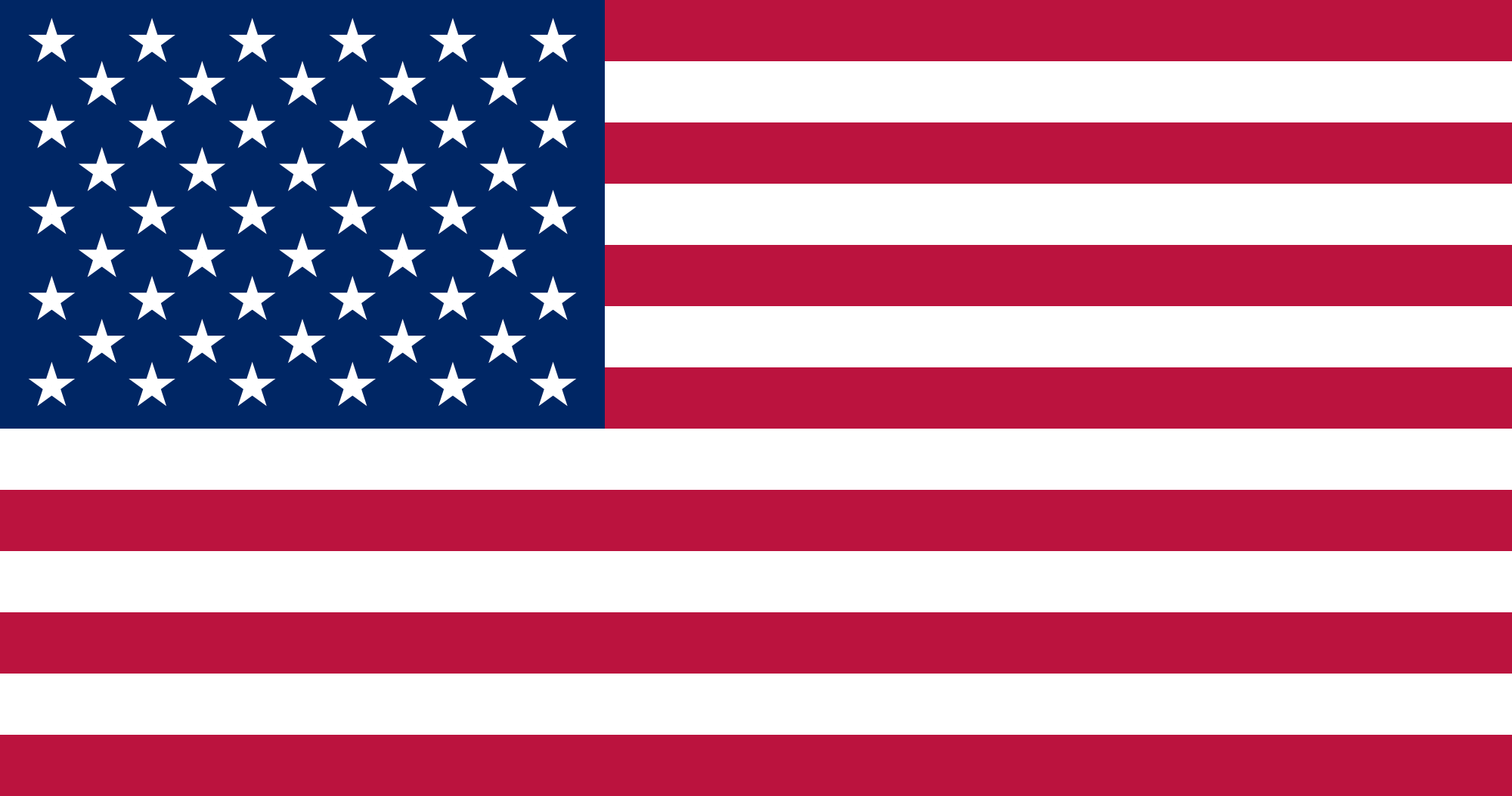About us
Tikki Shoes becomes Lang.S - Language of the Soil
Two years ago, we decided that we needed a new context in which to continue writing our barefoot story. The plans, mission and vision of our business were starting to come across new needs and expectations that the current brand has been able to satisfy so far.
But, in order to align with how we see the future, we chose to undergo this transformation in which we place our full trust: Tikki Shoes becomes Lang.S - Language of the Soil. A promise kept towards sustainability, still, attention to people and the environment, as well as towards healthy growth and a life lived consciously, anchored in everything around us. A promise towards patience put into footwear, carefully made to last over time and places.
Therefore, we will make the transition to Lang.S with patience, also. In other words, we will give our workshop team, you (our loyal customers), our social media accounts, our website and your wardrobes as much time as you need to get used to our new identity. We're not rushing anything. Time has taught us that things settle naturally and beautifully where they belong.
Full of love and gratitude for Tikki Shoes. We will keep it by our side in this new adventure, at the root of our Ziggy and Nido collections, especially as a brand that has grown from our hands over the past 13 years. A handmade joy and a great fulfillment to have been chosen as its creators into this world.
Lang.S is the next step in our journey. We evolve through new manufacturing processes, through natural rubber soles about which we will tell you a lot soon, with new models for adults, with more chrome-free leather in products and with many plans for the future.
In the new Lang.S collections, the renowned expertise of Romanian craftsmen meets that of the Portuguese. "Made in Portugal" stamped on the new footwear means twice as much attention to detail and twice as much craftsmanship.
Welcome Lang.S and wear it with the same confidence that Tikki was blessed with and will continue to be so.
Lang.S - Language of the Soil
Listen closely
 EN
EN RO
RO 
Login and Registration Form